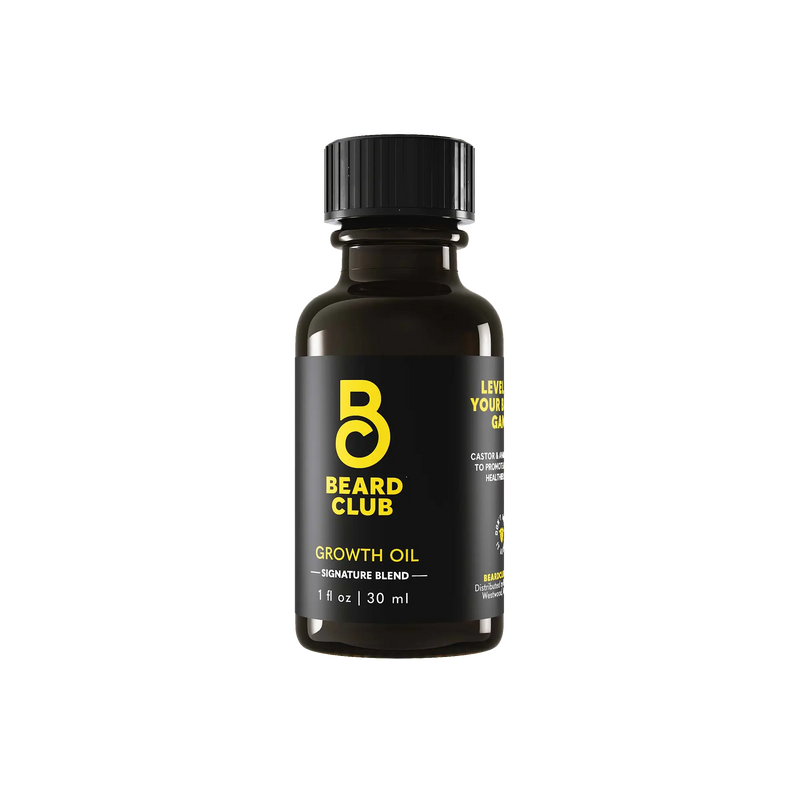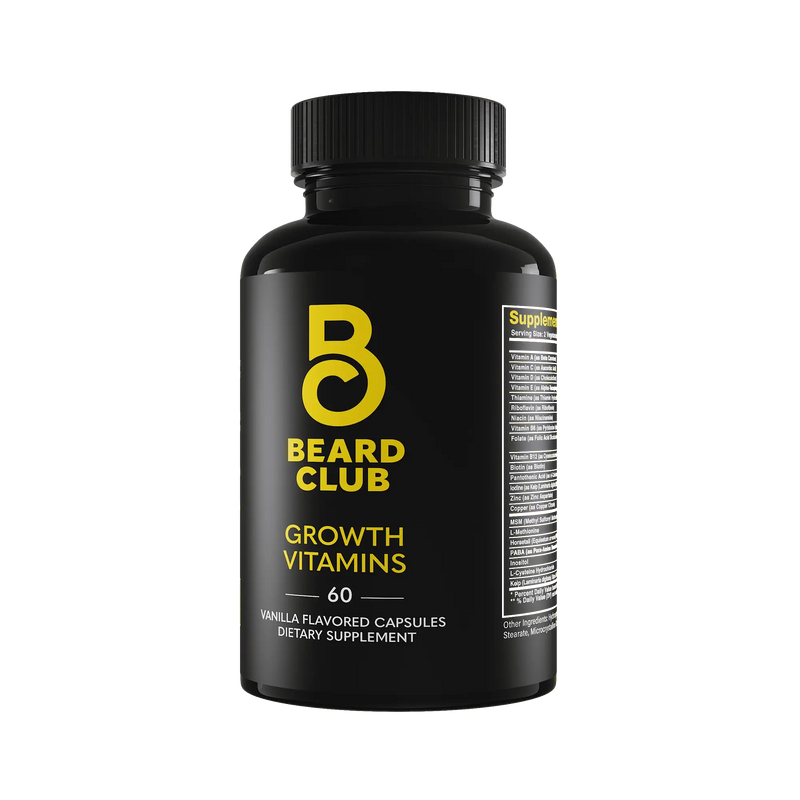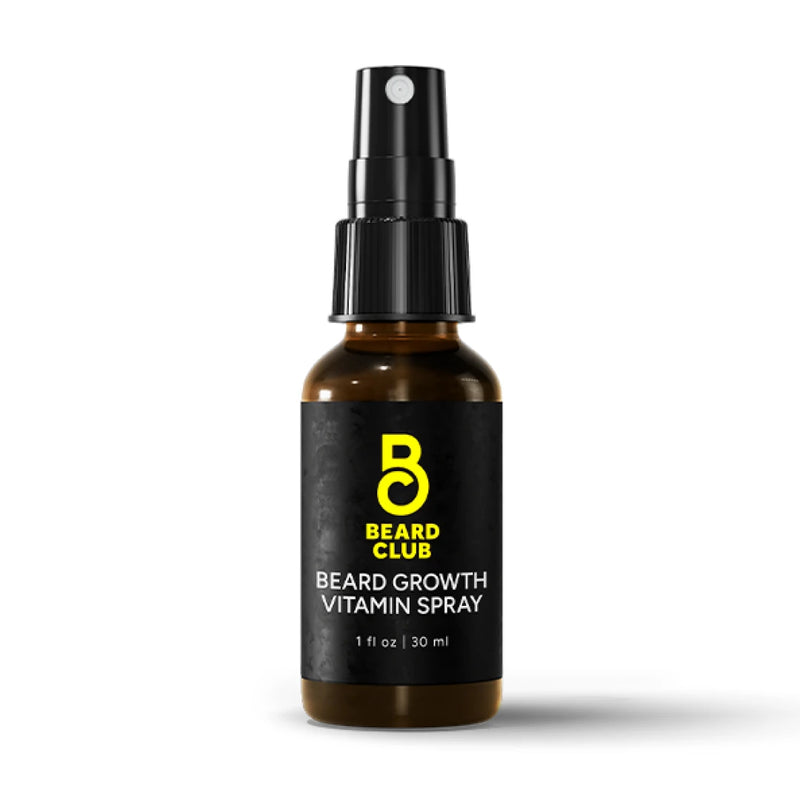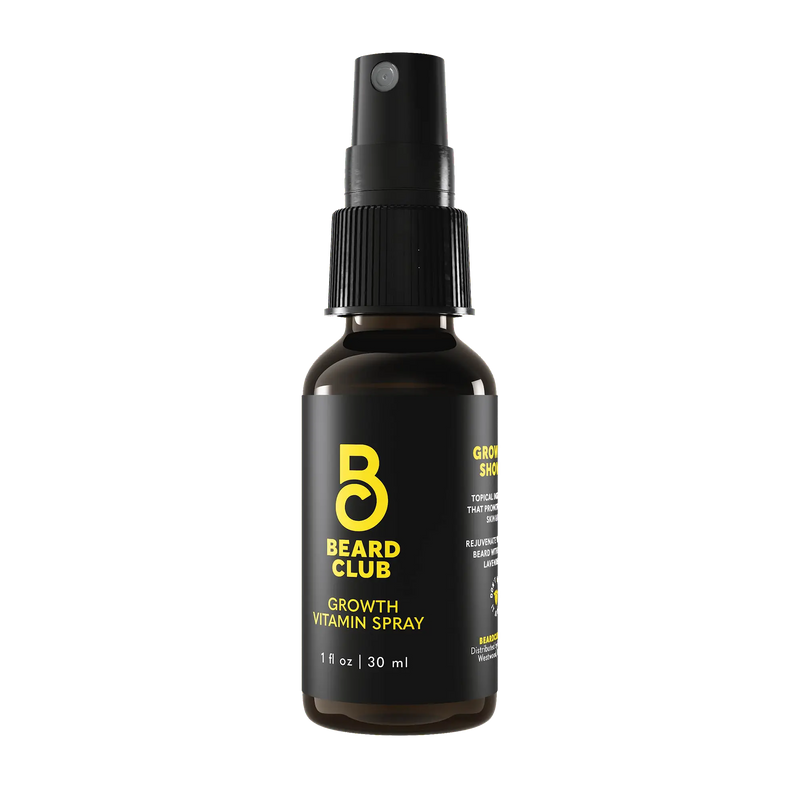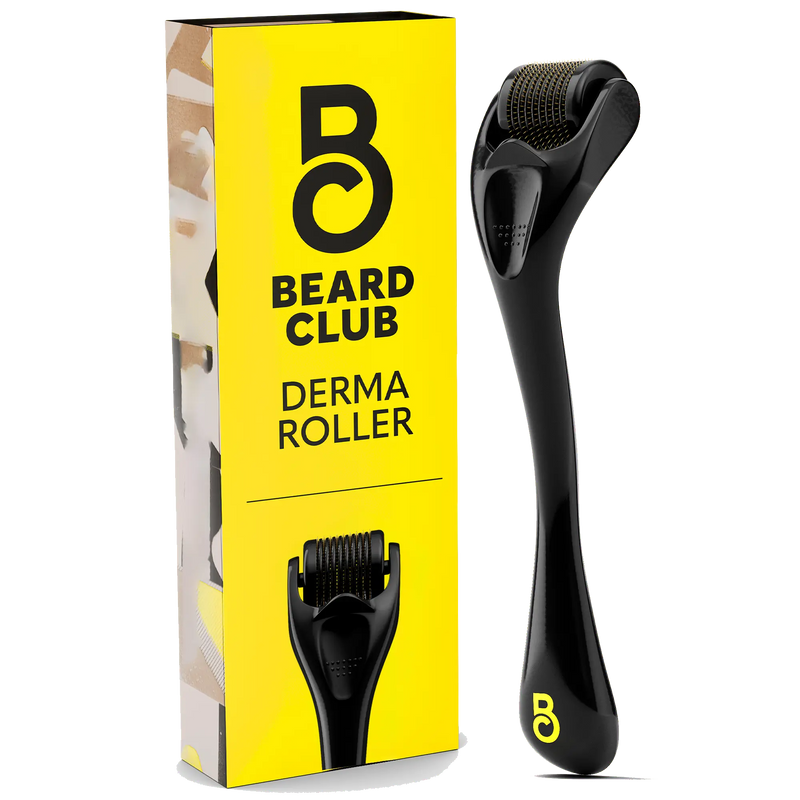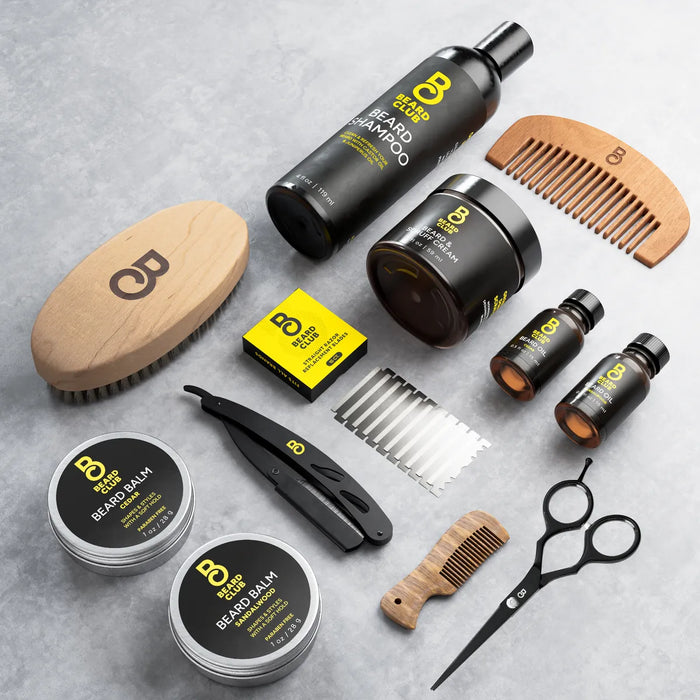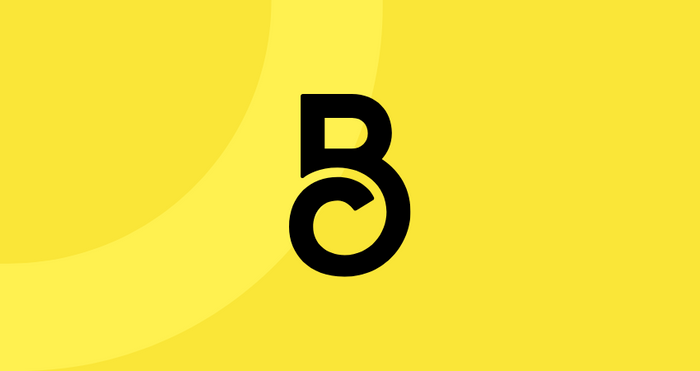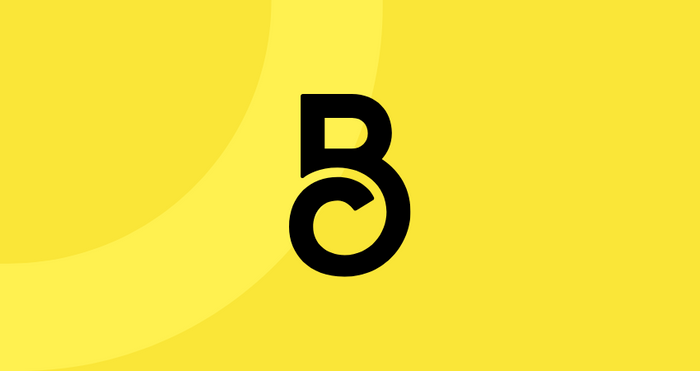Do Beards Keep You Warm? FAQs Explained
The concept of winter beards has gained traction recently, with people growing out their facial hair to combat chilly winds and freezing temperatures.
But beyond the rugged charm and style statement, do beards genuinely offer thermal protection? And if so, how?
Let’s delve into the world of winter beards, exploring the science behind their warming effects, the evolutionary purpose of facial hair, and how to maintain your beard in pristine condition during the harsh winter months.
Do Beards Actually Provide Warmth?
Facial hair has been a subject of scientific curiosity for quite some time, especially regarding its potential insulating properties. The dense network of hair follicles, sweat glands, and blood vessels in the face makes the region uniquely receptive to hair growth.
When you grow a beard, the hair traps a layer of air close to the skin, creating an insulating effect. This trapped air gets warmed by the body's natural heat, forming a barrier against the cold. In other words, the answer to “Do beards keep you warm?” is absolutely.
What’s more, beards can protect the face from the biting wind, making them a natural shield against harsh winter conditions. Experts suggest that the insulating properties of beards might contribute to a noticeable difference in perceived temperature, especially in windy conditions.
How Effective Are Beards at Keeping You Warm?
The effectiveness of beards in providing warmth is not one-size-fits-all — it largely depends on individual beard characteristics.
Longer, thicker beards are generally more capable of trapping air, providing better insulation. A dense beard can significantly reduce the amount of heat lost from a person’s face, especially in windy conditions where the chilling effect is more pronounced.
Comparatively, beards offer a distinct advantage over other facial hair styles when it comes to warmth. While scarves can provide similar protection, beards offer a natural, always-present layer of insulation without the need for additional accessories.
However, remember that while beards provide warmth, they are not a substitute for proper winter attire in extremely cold conditions.
What’s the Evolutionary Purpose of Beards?

Understanding the historical and evolutionary contexts of beard growth shows us why beards are not just a fashion statement during the winter — they’re also a biological feature ingrained in human history.
Here are some ideas on why humans have developed beards over the millennia.
Protection and Survival
Historically, a beard may have served as a form of natural armor in the face of Mother Nature. In prehistoric times, a thick beard could provide a crucial layer of protection against the elements, such as sun exposure, windburn, and extreme cold.
As we mentioned, the coarse hairs trapped warmth, functioning much like a mammal's fur, helping early humans to maintain body heat in frigid environments. Beyond the elements, beards also offered some protection from cuts, scrapes, and potentially even blows to the face during confrontations, acting as a cushion of sorts.
Testosterone and Signaling
The growth of facial hair in men is largely influenced by the hormone testosterone, which plays a vital role in the development of secondary sexual characteristics.
The presence of a beard could have served as a visual signal of a male’s maturity and virility, showcasing an ability to produce offspring. This signaling could extend to showcasing health and genetic fitness.
Intimidation and Social Standing
Throughout various cultures and time periods, beards have been associated with power, wisdom, and respect. In some societies, a full beard could intimidate rivals and enemies, as it was often symbolic of strength and aggression.
Beards could also signify social status. In ancient civilizations like Egypt, Mesopotamia, and Greece, beards were often worn by the nobility and decorated elaborately, showcasing wealth and standing.
How Do You Maintain a Winter Beard?

Winter can be harsh on facial hair. The cold air, wind, and indoor heating systems can strip away the natural oils in your beard, leaving it dry and brittle. To counteract the dryness, you have to keep your beard well-moisturized.
Regularly washing your beard with a mild shampoo and using a conditioner can help prevent dryness. Applying beard oil or balm after washing can also provide extra moisture and make the beard softer and easier to manage.
Besides keeping it moisturized, it’s important to regularly comb or brush your beard to prevent tangles and evenly distribute oils throughout the hair. This not only helps maintain the beard's shape but also stimulates blood flow to the follicles, promoting healthier growth.
Trimming and Styling
Even in winter, regular trims are essential to keep your beard looking its best. Trimming helps get rid of split ends and gives your beard a neat, tidy appearance. When it comes to styling, consider beard styles that suit the shape of your face.
Fuller beards can provide more warmth, but they also require more maintenance. Shorter styles might be easier to manage but may offer less insulation.
Some popular winter beard styles include the full beard, which covers the chin, cheeks, and mustache, providing maximum warmth. The Garibaldi and the Verdi are also great options, offering a balance between length and manageability.
With these tips, you can ensure that your winter beard not only keeps you warm but also looks great and stays healthy throughout the colder months.
Winter Beards FAQs
You’ve got winter beard questions — we’ve got answers. Here are some frequently asked questions about winter beards and how to make yours look and feel great.
Does Everyone Grow Beards in the Same Way?
No, beard growth is largely influenced by genetics, hormonal levels, and age. Some men can grow thick, full beards, while others may experience patchy or sparse growth. Testosterone plays a crucial role in beard growth, and its levels can vary significantly among individuals.
Can Growing a Beard Cause Skin Problems?
While growing a beard is generally not harmful, it can sometimes lead to skin issues, particularly if proper hygiene is not maintained. Common problems include itchiness, dandruff, and acne. Regularly cleaning your beard, moisturizing, and combing can help prevent these issues.
Are There Any Disadvantages To Growing a Beard in Winter?
A beard can trap moisture, which might freeze in extremely cold temperatures, leading to discomfort. Additionally, maintaining a beard requires time and effort, particularly in winter when the hair can become dry and brittle.
How Long Should I Grow My Beard for Maximum Warmth?
The warmth a beard provides is influenced by its thickness and length. A longer, fuller beard generally offers more insulation. However, the optimal length varies from person to person, depending on individual comfort and styling preferences.
How Do I Deal With Beard Itch in Winter?
Beard itch is a common issue, especially in the initial stages of growth and during dry winter months. Keeping the beard and underlying skin well-moisturized is key.
Use beard oil or balm, and avoid washing the beard with hot water as it can strip away natural oils, exacerbating dryness.
Is It Necessary To Use Special Beard Products in Winter?
Winter conditions can be harsh on facial hair, making it advisable to use products specifically formulated for beard care. Beard oils, balms, and conditioners can provide the extra moisture needed to keep your beard soft and healthy, preventing dryness and breakage.
Embracing the Winter Beard: A Warm Farewell
From the warmth of a full, lush beard to the basics of proper grooming and maintenance, you now know everything about winter beards.
With this knowledge, you can embrace your winter beard with confidence, armed with the knowledge and tips to navigate the season with a well-groomed, healthy, and stylish facial hair masterpiece. Whether you sport a short, well-groomed beard or opt for a longer, fuller style, balance comfort with style using products from The Beard Club.
Sources:
Hair Growth Cycle | International Society of Hair Restoration Surgery

